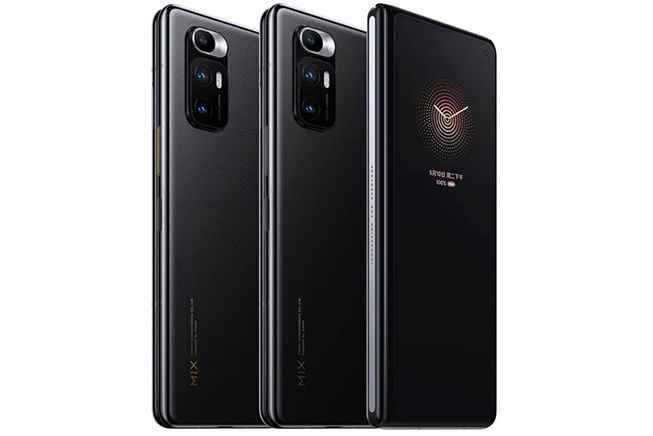The Samsung Galaxy S21 Ultra is here to fix all the mistakes that were characteristic of the Samsung Galaxy S20 Ultra. This year, the camera modules have definitely improved by a notable margin, offering extremely reliable focussing performance. Day time shots from the S21 Ultra's cameras will definitely impress you with their sharpness, dynamic range, vibrant colours and detail retention. Not to mention, you're going to love flaunting the 10x optical zoom, which can shoot at up to 30x in really good quality, and going all the way up to 100x, with evidence of digital zoom being applied. Samsung also finally gives you a high resolution-high refresh rate display, albeit at the cost of colour accuracy. The performance of the phone doesn't match that of the Qualcomm Snapdragon 888 equipped OnePlus 9 Pro, but its still a reliable, glitch-free experience on a day-to-day basis.
The Samsung Galaxy S21 Ultra is looking to be the flagship smartphone from the Korean giant, with rumours suggesting that the Note series just might be dead. Adding fuel to those rumours happens to be the fact that Samsung has brought support for the S-Pen to the S21 Ultra. As usual, India gets the Exynox flavour of the chipset in India, but quite honestly, the S21 Ultra is more than just its benchmark numbers. Here’s everything you need to know if you’re considering buying the smartphone.
Samsung Galaxy S21Ultra 5G Performance
The Samsung Galaxy S21 Ultra is powered by the Exynos 2100 SoC, a chip built using the 5nm process. Our review unit also comes with 12GB of LDRR5 memory and 256GB of UFS3.1 storage. This hardware is pretty much the most powerful combination you can find on a smartphone, with the only exception of the Exynox 2100, which does get outdone by the Snapdragon 888 on almost every benchmark we ran. We put test numbers from the Samsung Galaxy S21 Ultra beside those of the OnePlus 9 Pro and the OnePlus 9. The latter two devices are powered by Qualcom’s flagship chipset. We even throw in the Vivo X60 Pro powered by the new Snapdragon 870 to see just where the Samsung flagship falls.
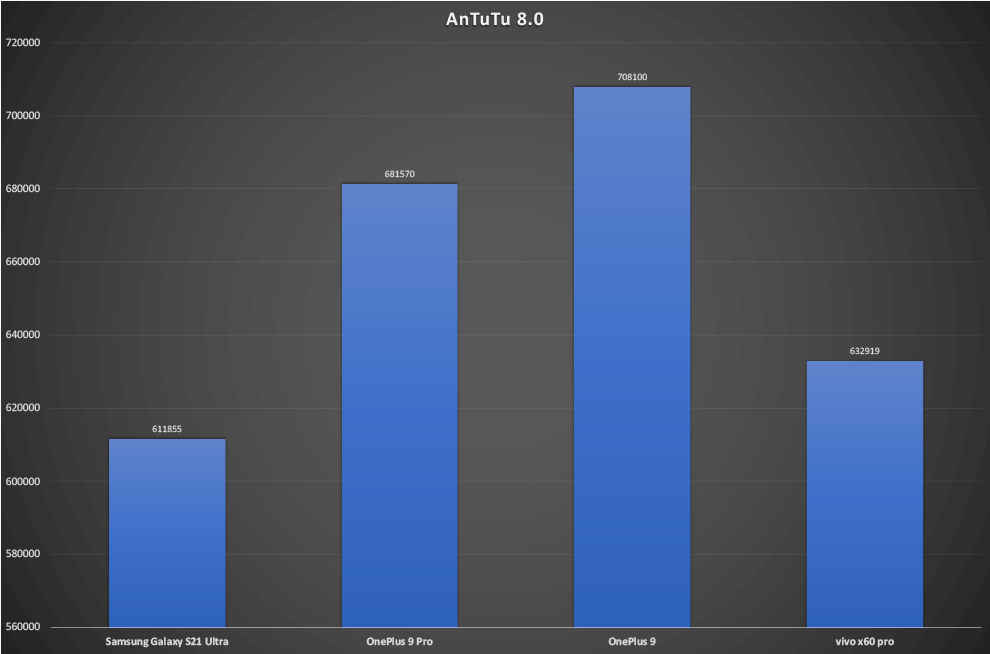
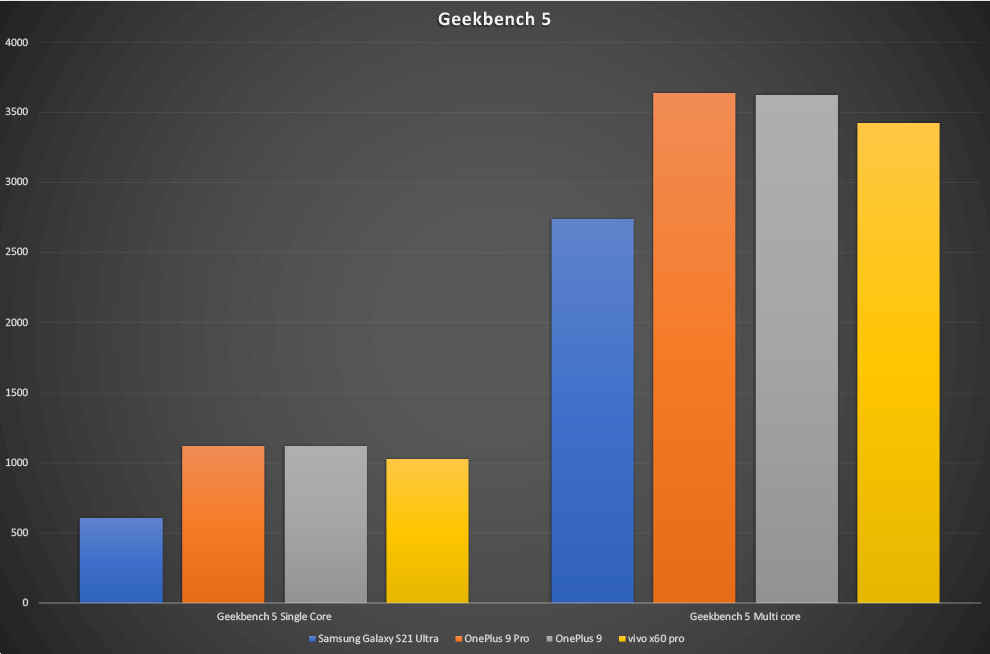

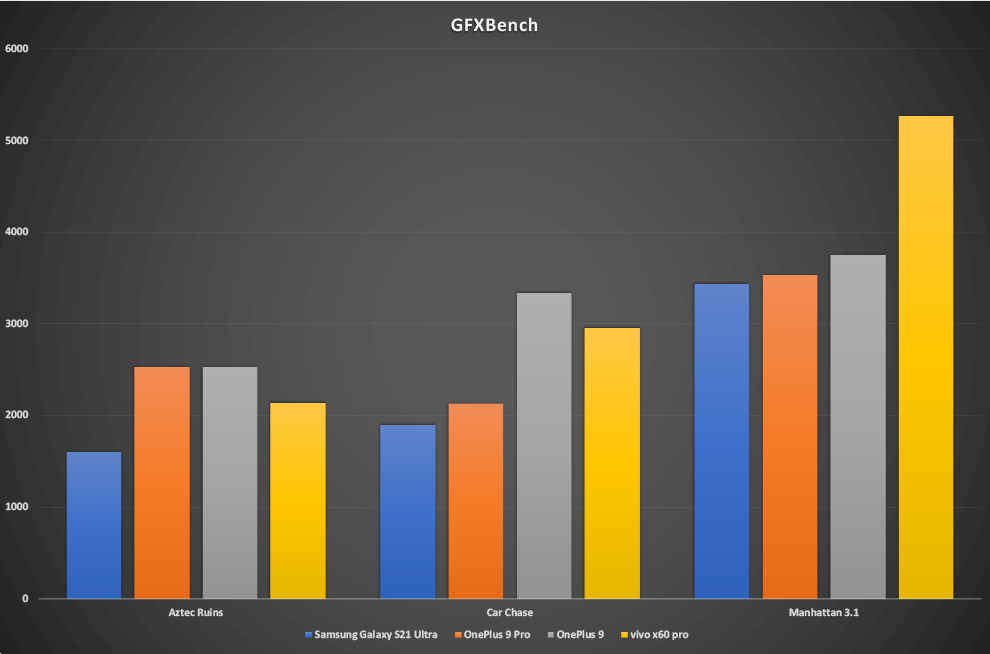
It is clear that the Exynos 2100 trails behind the Snapdragon 888 in every single benchmark. Even when it comes to gaming, our Gamebench data shows that the S21 Ultra 5G has lower stability numbers in comparison to OnePlus 9 Pro. This is something we’ve come to expect from the Exynos chipset and its refreshing to see the consistency with which Exynos has continued to fall behind the Snapdragon counterparts in terms of synthetic benchmark performance. Thankfully, this is only one part of the story.
Using the Samsung Galaxy S21 Ultra for the last several months, I have to say, this phone feels and runs very much like a thoroughbred horse. OneUI 3.1 is exceptionally refined and its lovely to see how far Samsung has come with respect to the OS. The UI is simple, clean and intuitive. When it comes to app experience, there is absolutely no room for complaints. Switch between two dozens of tabs, your favourite social media, email and chat clients and even have a game or two to play around with. Everything is butter smooth and frankly, just like on the iPhone, you don’t really feel the need to close background apps. Just last week, I spent a good minute just closing all the background apps just to re-run the benchmarks and make sure everything lined up.
One point that’s often brought up in every Samsung flagship review is that its not about the performance today, but in a year or two from launch. We have team members using devices as old as the Note 9, along with newer ones like Note 10 and even the Note 20 and none of those users seem to complain about the performance. Infact, the colleague using a Note 9 refuses to switch to a more modern smartphone. Take that for what it's worth.
Samsung Galaxy S21Ultra 5G Camera
The Samsung Galaxy S21 Ultra 5G features a plethora of cameras. There’s a primary 108MP camera with a 24mm field of view. The ultra-wide camera offers a resolution of 12 megapixels and a 13mm field of view. There are now two telephoto lenses, the first one offering a 70mm focal length and the second telephoto lens offering 240mm focal length. Add to that optical image stabilization and clever software optimisations and you get a camera system that effortlessly lets you shoot all the way to 2400mm, without the assistance of a tripod. As of now, no other smartphone in the Indian market can make that claim, and the best part is, all this also translates into real-world performance.
Note: You can see all the unedited, original JPG files in our Flickr Gallery here.
The primary camera on the Samsung Galaxy S21 Ultra uses its 108MP HM3 sensor. This sensor, besides the massive number of pixel-sites, also featured dual-pixel AF, accompanied by a laser AF module to help it lock focus in all sorts of tricky situations. After shooting with the S21 Ultra 5G for well over a month, there are a number of things that are very clear.
The first thing you’d want to do is turn off the AI mode, which in many situations doesn’t really add any value to the photo and in some, does more harm than good. For example, When shooting food with AI turned on, it unnecessarily adds far too much warmth/orange overtones to the image. However, turn it off and you’re off to the races. The Samsung Galaxy S21 Ultra’s primary camera’s output is predictably consistent, just like the iPhone 12. When you shoot in the daytime, you get tack sharp images, with really impressive detail retention. The contrast is well balanced for the most part in order to preserve detail in the shadow areas. Adding contrast to the images would have made them pop even more, but that could have cost the S21 Ultra in terms of dynamic range. The shutter response is snappy and the focus system is quick to do its job. The only time you’ll notice any slow down is when shooting either a busy subject or when trying to get very close to something.




The ultra wide camera on the Samsung Galaxy S21 Ultra also performs admirably well in good day light situations. The presence of autofocus helps make the camera a lot more usable. The camera suffers from the normally-expected levels of distortion around the edges, but there is a distortion correction feature available for those who like their frames completely linear. The camera, however, does suffer in low light, even if you use night mode.



Last and the biggest star of the show. The 3x and 10x optical lenses offer a kind of versatility that’s not really been enjoyed by smartphone users. The app interface also offers a very easy way to move between zoom levels. While good output from the zoom lenses is limited to bright day-light situations, the telephoto lens is surprisingly adept at shooting the moon. While results from the 100x zoom are too soft for my liking, the 30x and maybe even the 40x results are surpringly good, and definitely bound ot up your social media game. Shooting the moon was Huawei’s domain, first popularized by the P30 Pro, but in the wake of Huawei all but disappearing from the Indian smartphone scene, brands are quickly moving to fill in the gap. Samsung’s approach plugs the zoom gap, but not the overall image quality one. Even so, you’re going to have a lot of fun with the zoom lenses on the Samsung Galaxy S21 Ultra.



Samsung Galaxy S21Ultra 5G Display
The Samsung Galaxy S21 Ultra packs what can only be described as one of the most gorgeous looking displays in the market. It sports QHD+ resolution and a refresh rate of 120Hz in the form of adaptvie refresh rate, which allows the display to dynamically adjust the panel. We ran the panel through our own Calman analysis and concluded that while the panel is definitely brilliant, it's not the very best. In our comparison with the OnePlus 9 Pro, we found the OnePlus smartphone to have better tuning for both sRGB and Display-P3 colour profiles.
Natural Colour Profile
In the natural colour profile, the display conforms to the BT.709/sRGB colour space. While the gamut volume is excellent, sitting at 113 percent, the Gamma and white balance of the panel are less than stellar. We record an average gamma of 2.5 and an average colour temperature of 6737. These numbers should ideally be 2.2 and 6500 respectively. Thankfully, there is very little deviation between the RGB balance, but just enough to cause the shift in white balance. this results in a higher than expected DeltaE error of 1.6 (average) and 2.9 (maximum). Had the colour temperature tuning adhered to the 6500K mark, we believe the DeltaE could have further been lowered.
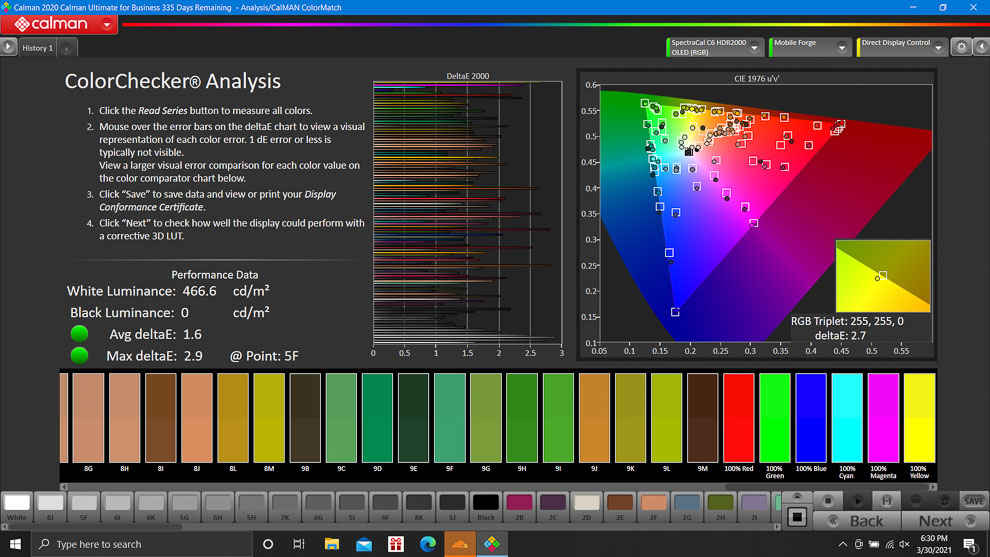 Calman analysis of Samsung Galaxy S21 Ultra Natural display profile
Calman analysis of Samsung Galaxy S21 Ultra Natural display profile
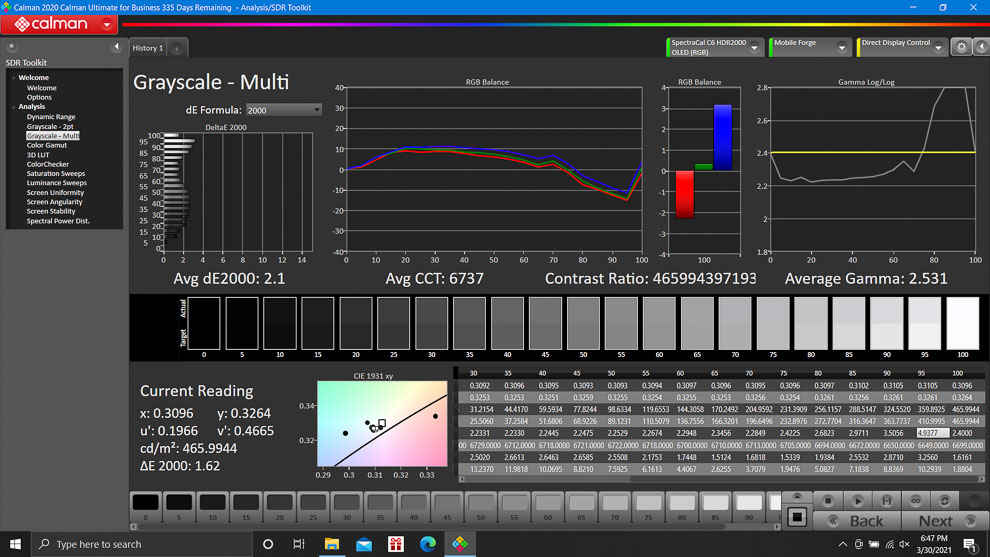 Calman analysis of Samsung Galaxy S21 Ultra Natural display profile
Calman analysis of Samsung Galaxy S21 Ultra Natural display profile
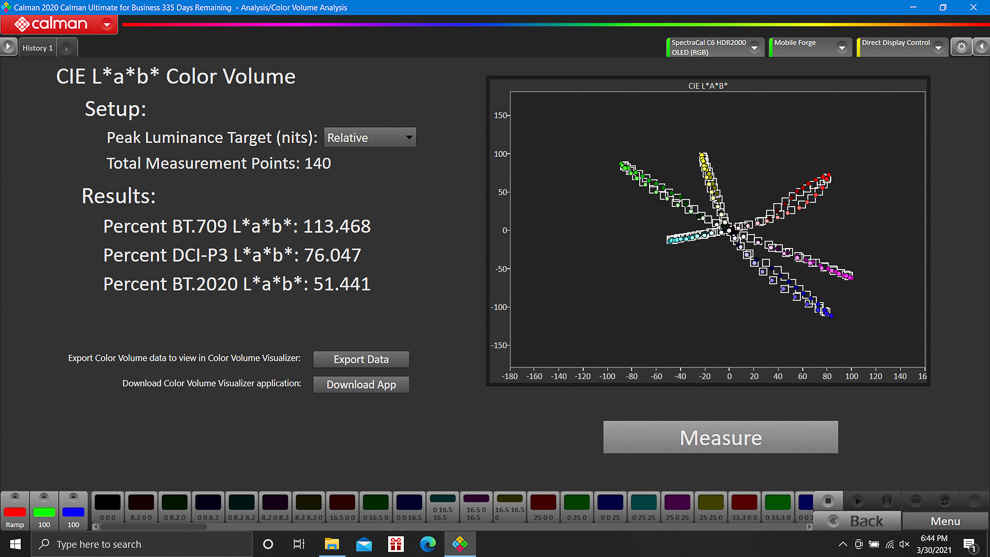 Calman analysis of Samsung Galaxy S21 Ultra Natural display profile
Calman analysis of Samsung Galaxy S21 Ultra Natural display profile
Vivid Color Profile
The vivid colour profile on the Samsung Galaxy S21 Ultra conforms to the Display-P3 colour space and as such, yields excellent gamut coverage. However, the tuning for the profile is grossly disappointing. The greyscale balance is moderately off, with a strong blue bias. Despite manually adjusting for less of a blue shift using the advanced settings, we were unable to get a perfectly overlapping RGB balance curve. However, it is very commendable that the Vivid profile follows the P3 space's EOTF curve with near-perfection, with only a slight drift between the 0-20 percent brightness levels. the colour volume is recorded at 134 percent of the DCI-P3 gamut, but we get notably high maximum DeltaE of 5.1, while the average DeltaE is 2.6.
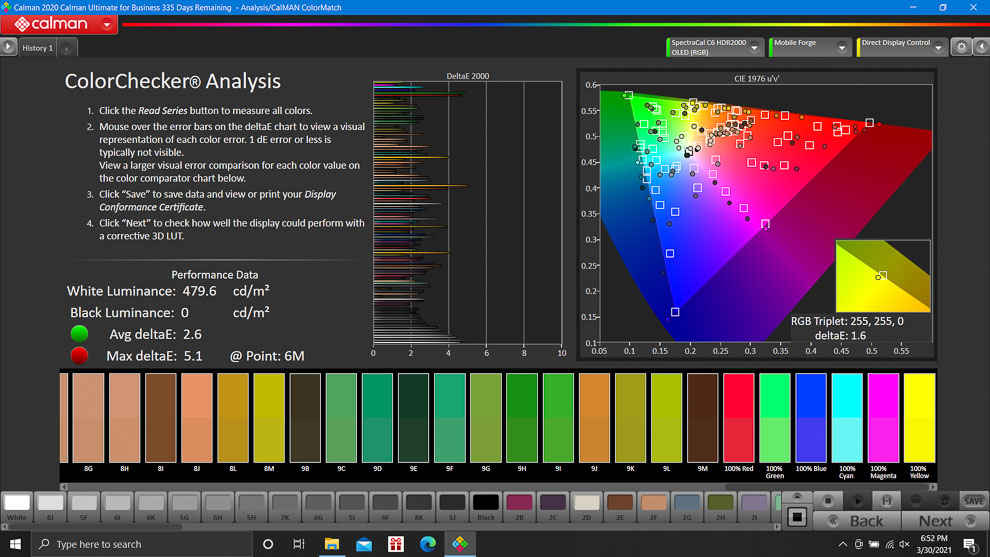 Calman analysis of Samsung Galaxy S21 Ultra Vivid display profile
Calman analysis of Samsung Galaxy S21 Ultra Vivid display profile
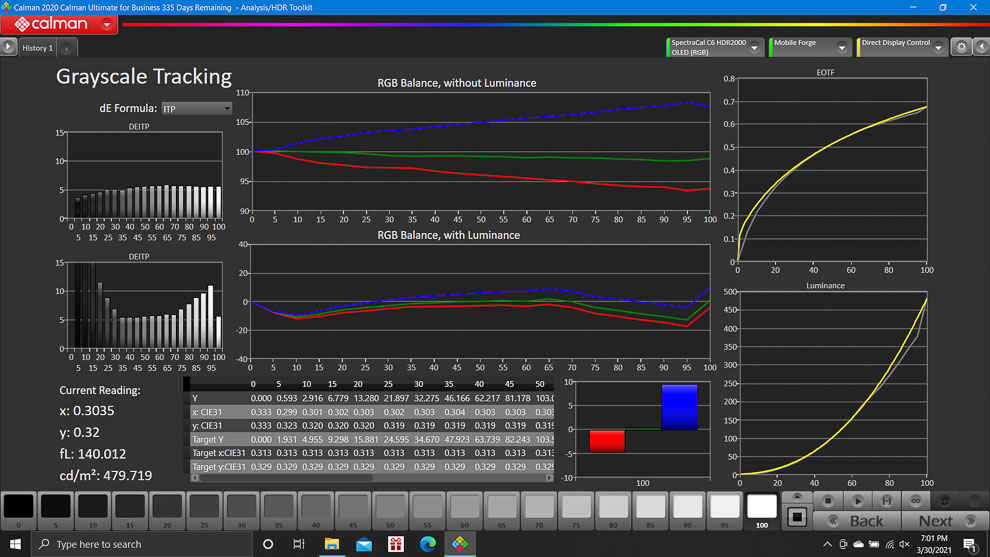 Calman analysis of Samsung Galaxy S21 Ultra Vivid display profile
Calman analysis of Samsung Galaxy S21 Ultra Vivid display profile
 Calman analysis of Samsung Galaxy S21 Ultra Vivid display profile
Calman analysis of Samsung Galaxy S21 Ultra Vivid display profile
It must be said that I am rather surprised at the tuning of both the colour profiles. Samsung panels have traditionally been known to have one of the best colour accuracies in the smartphone world, but our review unit shows otherwise.
Samsung Galaxy S21Ultra 5G Battery Life
The Samsung Galaxy S21 Ultra 5G features a massive 5000mAh battery that supports a paltry 25W charging. Samsung’s ultra-reserved nature with respect to the charging speeds is understandable, but it would be nice to have faster top-up speeds for when you need to charge up in an emergency. That being said, I have to say, even with the display set to QHD+ and adaptive refresh rate, being able to get through a whole day of heavy use is rather impressive. The OnePlus 9 Pro, with similar hardware barely got me through the day, but the S21 Ultra mnaged to close the day with enough charge left over for some bed-time video watching and meme browsing.
To put things into context, the video loop test on the phone using a 1080p HEVC video file lasted close to 14 hours, an impressive feat by any account. Playing CoD Mobile for 15 minutes cost me just 4 percent charge and streaming for 30 minutes off of Netflix was a 5 percent penalty on the phone. Not bad at all considering the readings were taken with the battery in its 60-70 percent range, and the display set to its higher resolution.
While battery life isn’t a problem on the S21 Ultra, the relatively slow 25W charging is definitely a pain point. This is because it means you’re going to need to set aside 2 dedicated hours to top the phone up from 0 to 100, meaning that if you’re in a pinch, there’s no option but to resort to a battery pack while on the move. It would have been nice to see faster 65W type charging speeds on the smartphone, but for now, that remains a distant wish.
Samsung Galaxy S21Ultra 5G Build and Design
Now the design of the Samsung Galaxy S21 Ultra has been nothing short of polarizing. Use it without a case and you’re going to definitely turn heads. The huge camera bump which has been the center of much criticism is definitely going to attract attention for its unique design. As big and attention grabbing as it may be, Samsung should be credited for the fact that it rather elegantly wraps into the body of the phone on the edge. Place the phone on a flat surface and you will notice it wobble but put it in a case and everything sits flush.
Samsung’s design for the S21 Ultra continues to be rather minimal, with the Phantom Black finish offering nothing to break the dark composure of the phone. The power button and volume rocker can be found on the right side of the frame. The front and back of the Samsung Galaxy S21 Ultra is protected by Gorilla Glass Victus, the strongest protective glass in the market. However, it is still glass and will break if the phone suffers a drop. The bottom houses the speaker grill, the type-C charging port and the SIM card tray. The phone continues to carry an IP68 rating, so getting caught in the rain with the phone on you won’t be something to worry about.
It has to be said though, that in comparison to the iPhone 12 Pro Max, the Samsung Galaxy S21 Ultra feels more manageable given is not as wide, but the phone is definitely more top-heavy than Apple’s offering. Even those with big hands would have to use both their hands so as to ensure they don’t drop the phone accidentally.
Verdict
The Samsung Galaxy S20 Ultra was not received well by the users, with the camera system lacking the polish and battery life being rather poor. The phone also lacked other features that users expected a Samsung flagship to have. The Samsung Galaxy S21 Ultra 5G comes in to address every single one of those concerns. You get a stellar camera unit that performs as expected, a display that supports both high resolution and high refresh rate and an OS that is extremely stable and mostly bug-free from day 1. While the Exynos 2100 SoC might not be able to compete on benchmarks, its still able to deliver a carefree experience of using the phone, and going by the testimony of those using much older Samsung Galaxy flagships, we don’t expect the experience to get frustratingly worse in the next year or two. If you’re looking for a great Android experience, consider the Samsung Galaxy S21 Ultra as a worthy investment. While the OnePlus 9 Pro might appear to be an alluring alternative (and it surely could be) its cameras fall way short of expectation and as of our review, do not hold a candle to what the S21 Ultra is capable of.

from Latest Technology News https://ift.tt/3fvfx9o
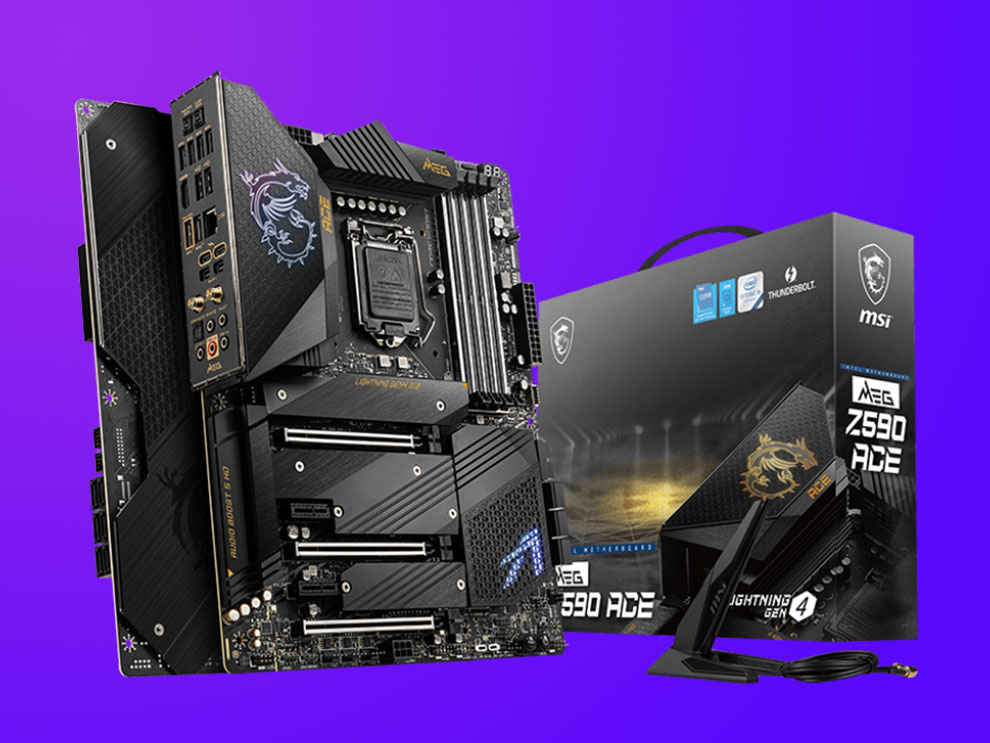
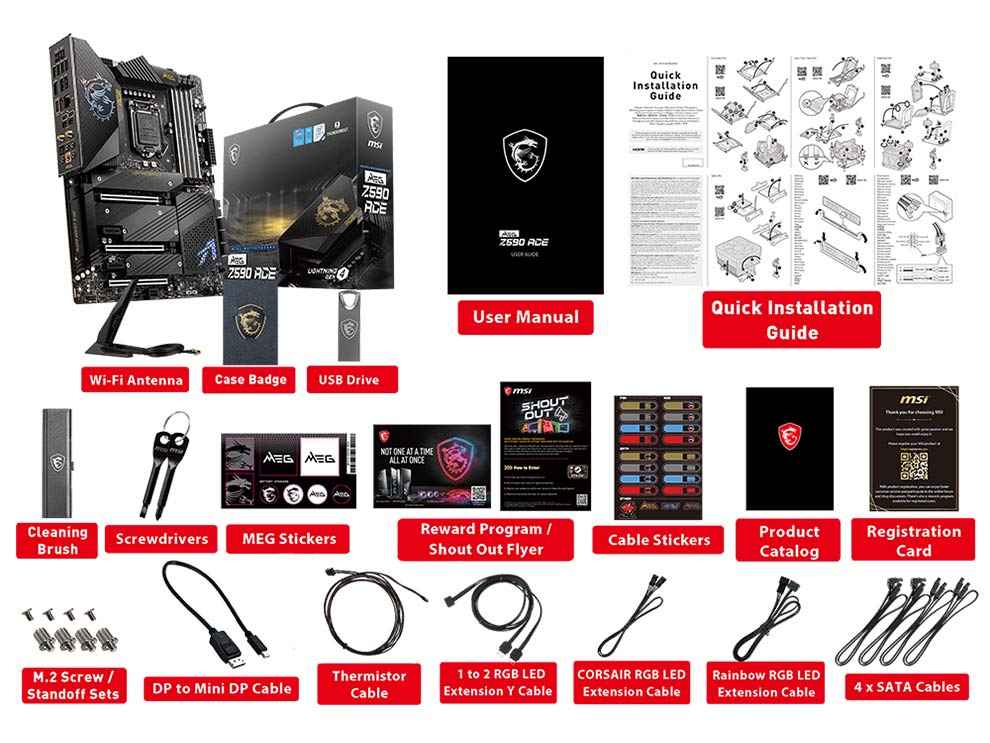
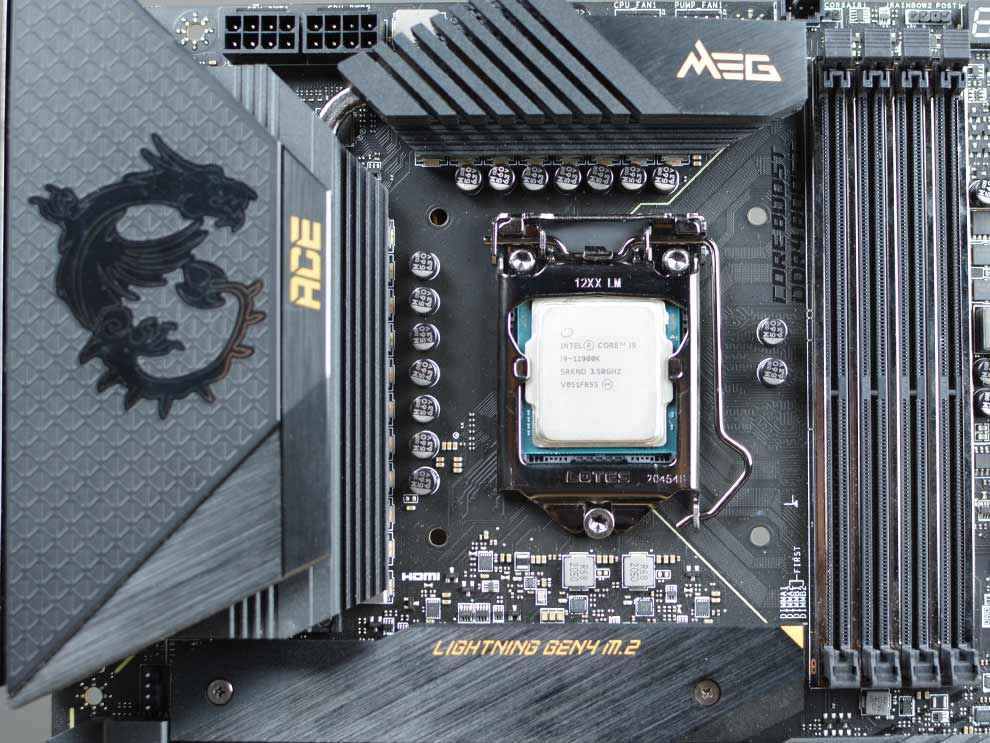
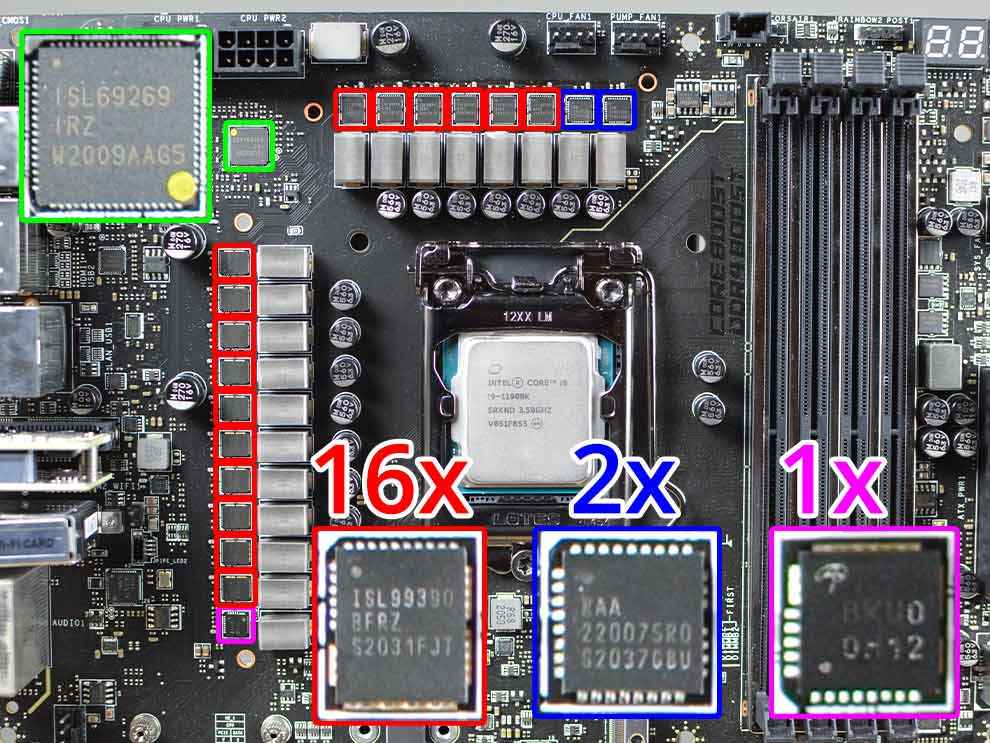
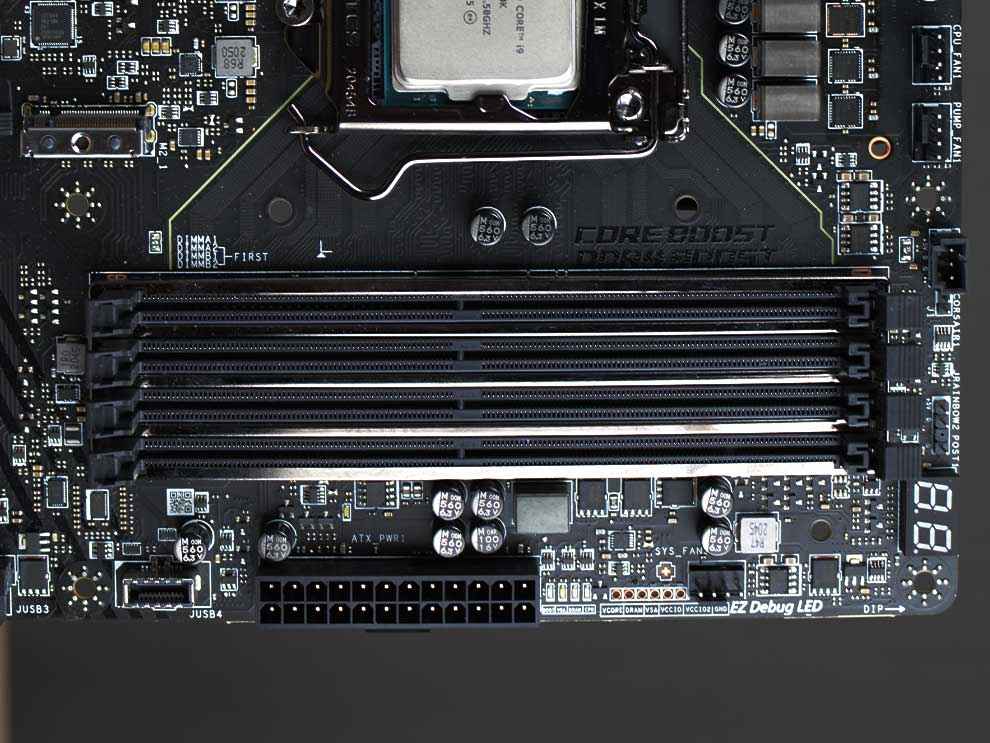
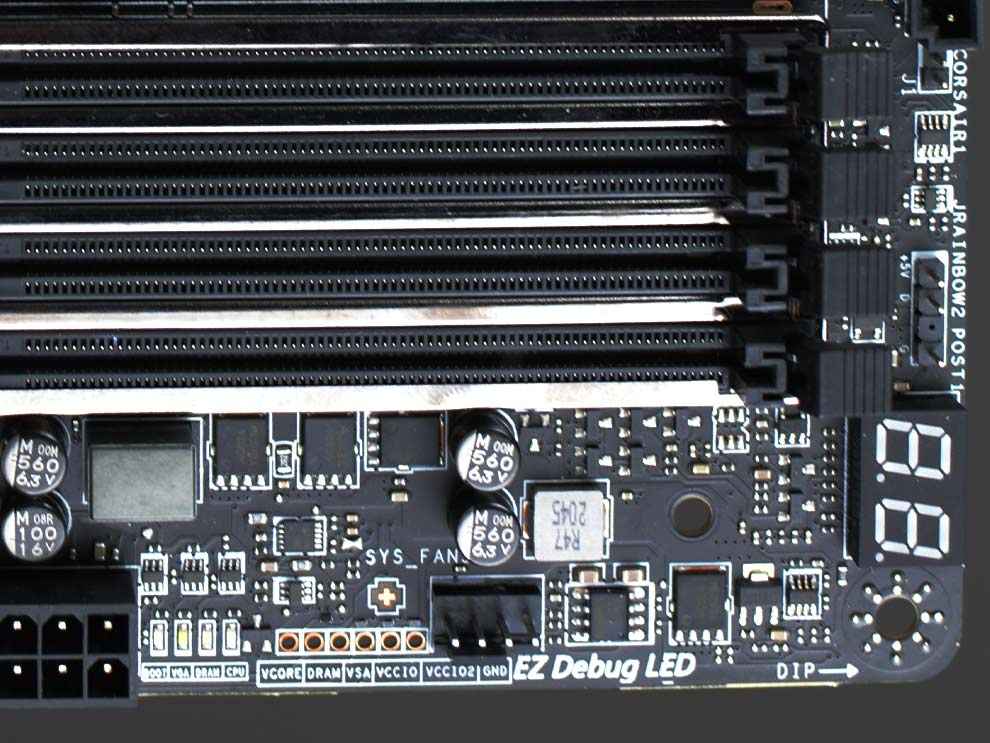
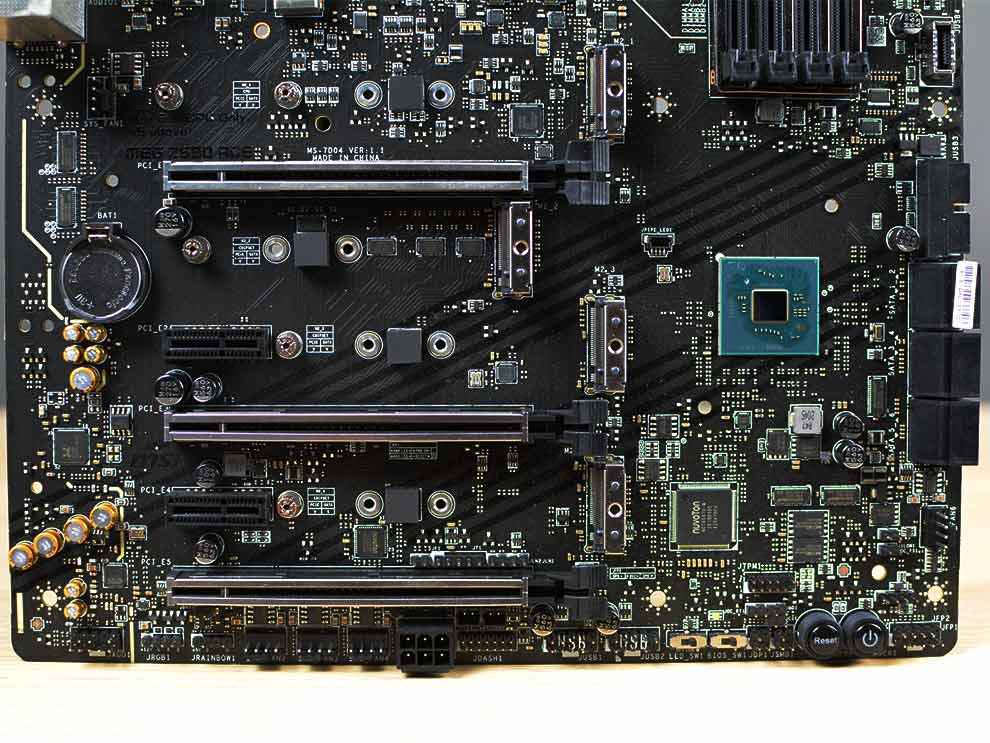
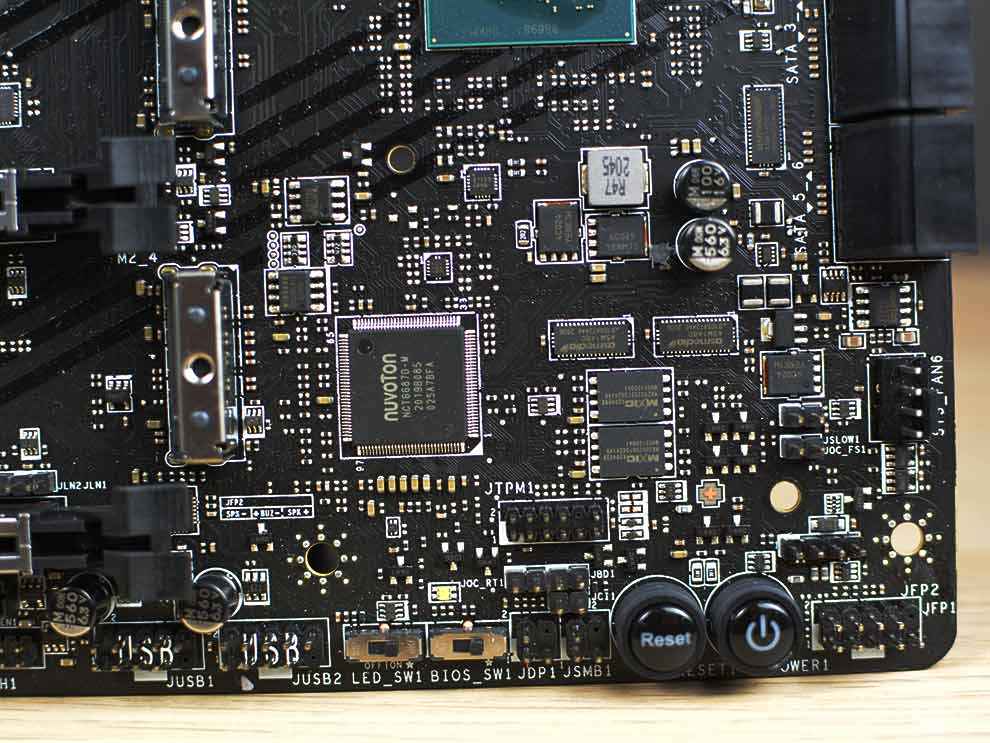
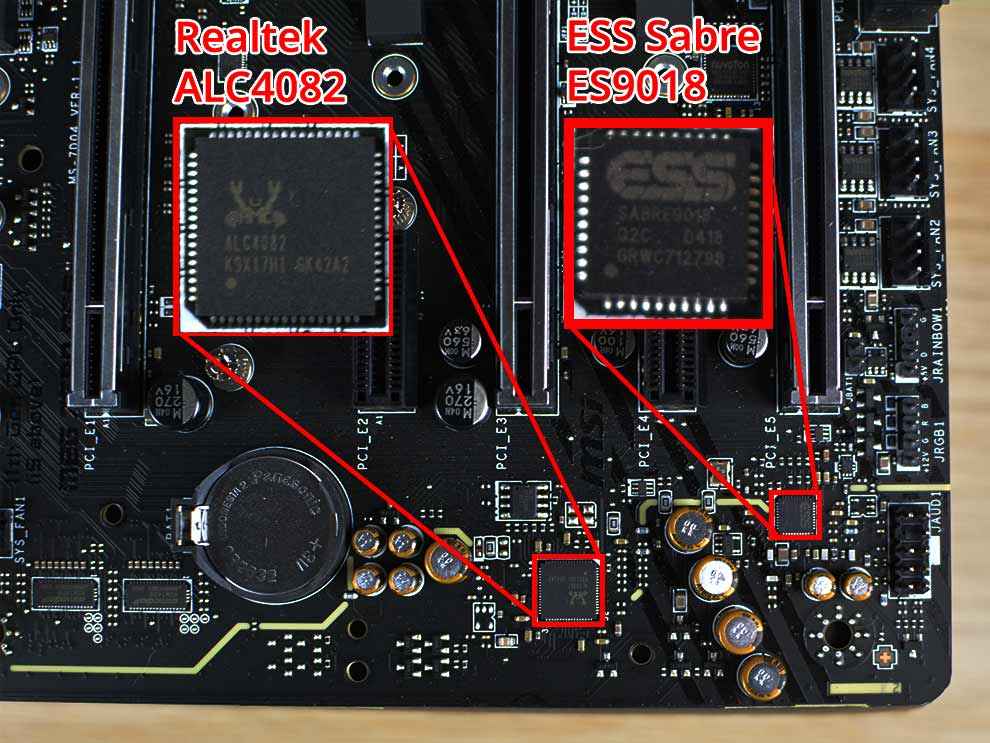
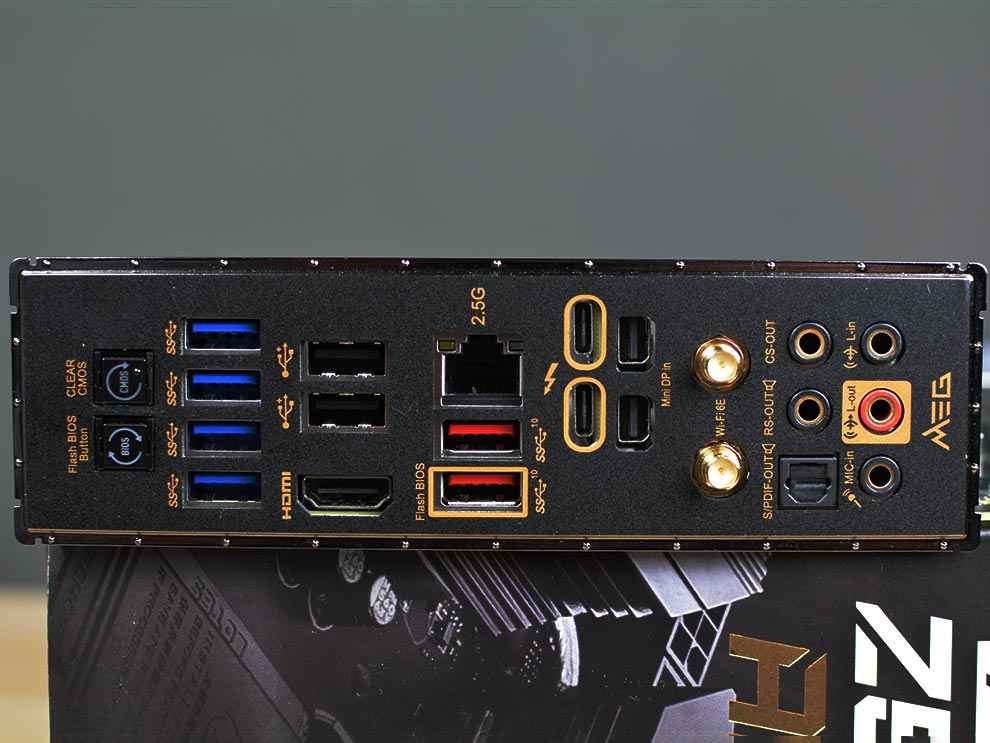
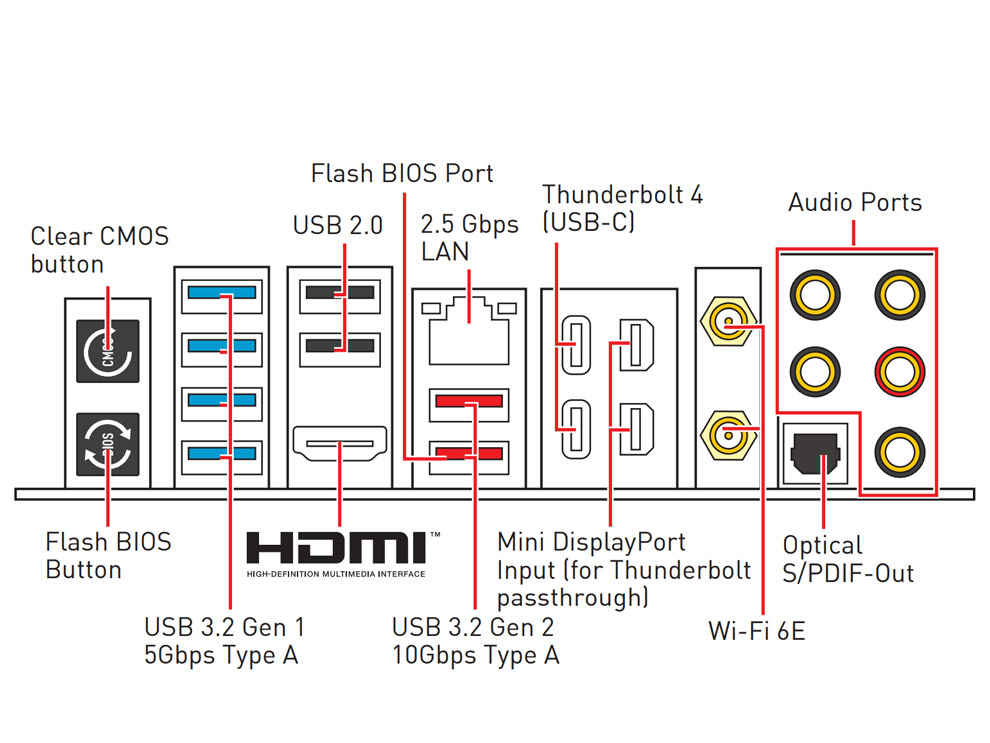
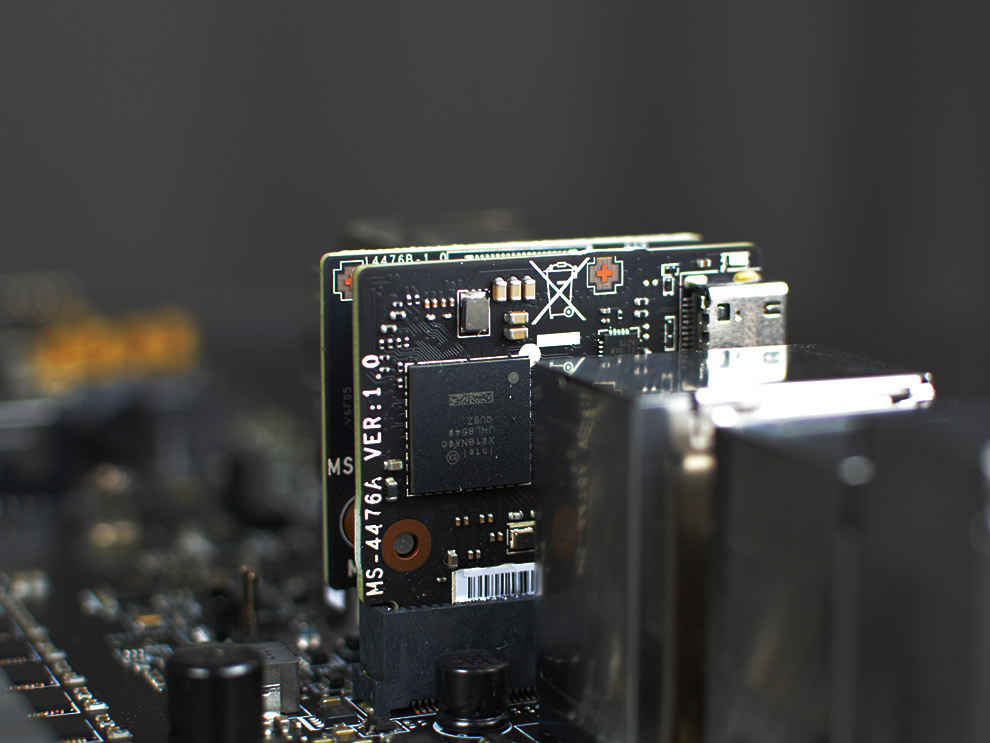
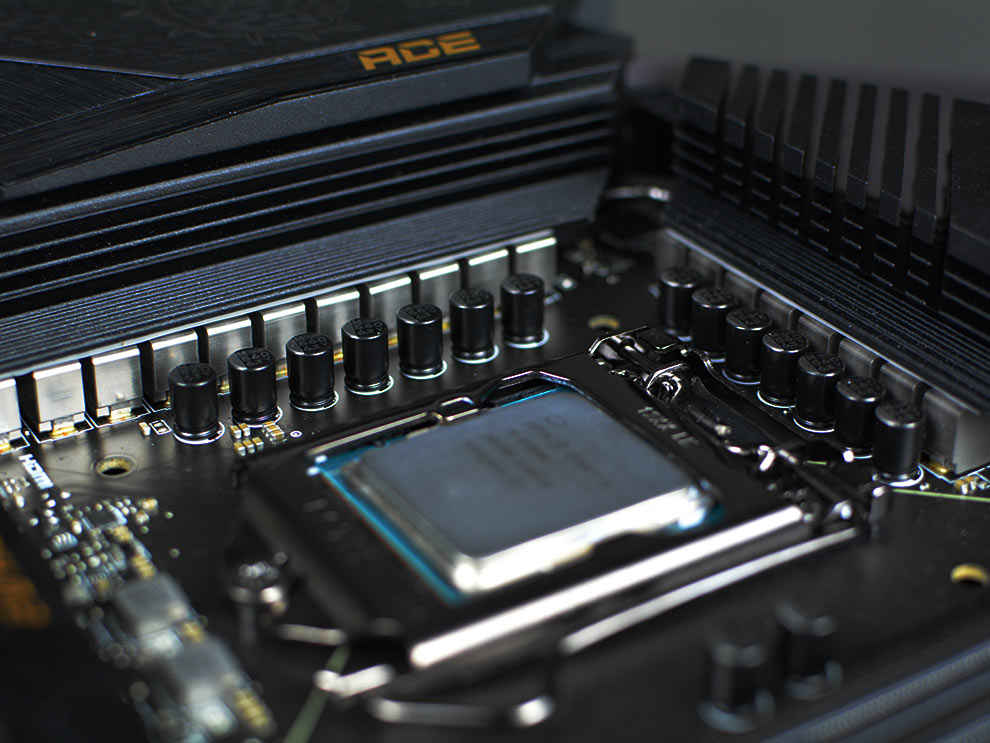














 Calman analysis of Samsung Galaxy S21 Ultra Natural display profile
Calman analysis of Samsung Galaxy S21 Ultra Natural display profile Calman analysis of Samsung Galaxy S21 Ultra Natural display profile
Calman analysis of Samsung Galaxy S21 Ultra Natural display profile Calman analysis of Samsung Galaxy S21 Ultra Natural display profile
Calman analysis of Samsung Galaxy S21 Ultra Natural display profile Calman analysis of Samsung Galaxy S21 Ultra Vivid display profile
Calman analysis of Samsung Galaxy S21 Ultra Vivid display profile Calman analysis of Samsung Galaxy S21 Ultra Vivid display profile
Calman analysis of Samsung Galaxy S21 Ultra Vivid display profile Calman analysis of Samsung Galaxy S21 Ultra Vivid display profile
Calman analysis of Samsung Galaxy S21 Ultra Vivid display profile